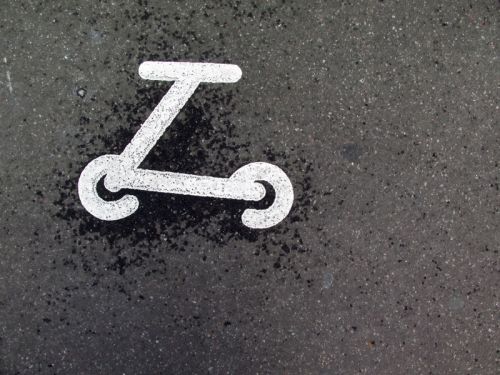By Pete van Nuys
The bicycle industry is falling for a rosy picture of the growing e-bike market and its effect on IBDs.
Most e-bikes sold online are not compliant Class 1, 2 or 3 e-bikes and occupy a legal gray area in many states. This is not a niggling point: Low Speed Electric Bikes were defined by responsible companies and adopted by PeopleForBikes and the National Bicycle Dealers Association precisely because their original target market was Americans who wanted a "bicycle-like" experience but were unable or unwilling to commit to the exercise needed to find the fun and utility they needed.
E-bike proponents who cheer that Americans have finally grasped what an electric bike is, and what its benefits are, aren't talking about e-bikes' original target market. They're talking about American motorists. And what consumers are buying online or at fly-by-night resellers are noncompliant motorized bicycles or full-on motor-driven cycles capable of 25 to 35-plus mph and all throttle controlled. Most of these come from Chinese distributors who offer white label bikes; here in Southern California it's not uncommon to find them sold out of garages. Poor assembly, no client setup or adjustment, marginal component quality, limited or no spare parts backup is standard.
These consumers are not buying these "e-bikes" (within quotations because they are not e-bikes) because they want a bicycle experience. They are buying because they absolutely DO NOT want to bicycle, now or in the future. I call them anti-bike buyers.
It's hard for us in the bike biz to see this. We see this phenomenon through bicycle goggles. But it's clear as day to the pop-up Blank Bike resellers who fail whenever possible to mention their products may not be legal on most bicycle paths, trails, bike lanes or cycletracks.
What's this mean for the future of bicycling in America? These Out of Category Electric Vehicles (as the NBDA calls them) already outnumber pedal bikes on some shared use paths in Southern California. Anti-bike buyers bring all the entitlement they expect as motorists to their "e-bikes," but fear cars when they're not driving — they demand to ride where it's "safe." So expect these ill-informed riders to crowd onto any and all bicycle facilities.
Expect them to ride at high speeds whenever possible, because who spends $1,800 on a 35 mph machine to ride at bicycle speeds? Expect paths and trails beloved by pedestrians and pedal cyclists to become annoying, sometimes dangerous, as a result. Expect local government and law enforcement to overreact — when they finally wake up to the problem. And expect organized resistance from OCEV sellers and buyers.
What can our bike biz do, what should it have been doing for the past two years?
- Find out where the hot "e-bike" markets are. IBDs can tell you.
- Reach out to local government and law enforcement in those areas.
- Provide and promote the differences between legit e-bikes and Out of Category Electric Vehicles.
- Engage local IBDs, let them know that the future of legal e-bikes as we know them depends on reputable behavior and transparency with their customers.
OCEVs — Motorized Bikes and Motor Driven Cycles — are good products when sold for use "between the curbs." They provide viable transportation for commuters, families with kids, and recreational riders who want to extend their range. They bring throngs of Americans who previously had no use for bicycles onto products somewhat like the ones we love. But their impact on pedestrians and pedal cyclists, on trails and paths, is not acceptable now or in the future.
Pete van Nuys is a longtime retailer in Southern California and the executive director of the Orange County Bicycle Coalition. He recently sold his San Clemente business that rented and sold bikes and e-bikes, and is now focusing on the European bike tour business he began 6 years ago.


